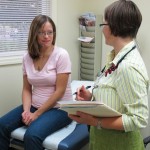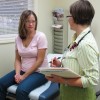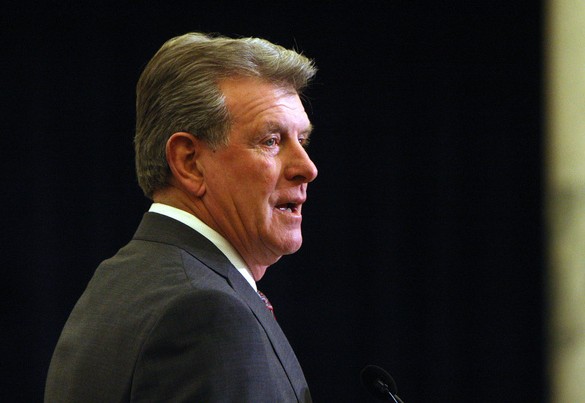Background
This page is no longer being updated. For ongoing coverage of this topic, go to Boise State Public Radio’s website.
Since at least 2007, Idaho has ranked near the bottom when it comes to the number of doctors working in the state.
The latest available data from the Association of American Medical Colleges ranks Idaho 49th among states.
The Gem State had 184 doctors for every 100,000 people in 2010.
Here’s how our surrounding states stack up:
There are many factors that contribute to Idaho’s physician shortage; there is limited access to medical education in Idaho, salaries tend to be lower, and it’s tougher to recruit in rural areas.
In addition, the U.S. Department of Health and Human Services has designated 39 of Idaho’s 44 counties as Health Professional Shortage Areas.
In an effort to encourage more doctors to practice in Idaho, the state subsidizes the cost of medical school for 28 students in Washington and Utah per year. It also has two incentive programs; the Rural Healthcare Access Program and the Rural Physician Incentive Program.
The Rural Healthcare Access Program is a way for Idaho communities to recruit doctors by offering signing bonuses or student loan repayments, as well as developing tele-health projects and improving access to care.
The Rural Physician Incentive Program is a loan repayment program for doctors who chose to practice in a rural part of the state. It’s open to doctors from all schools, though preference is given to WWAMI and University of Utah graduates. Doctors are eligible to apply for up to $50,000 of loan repayment.








